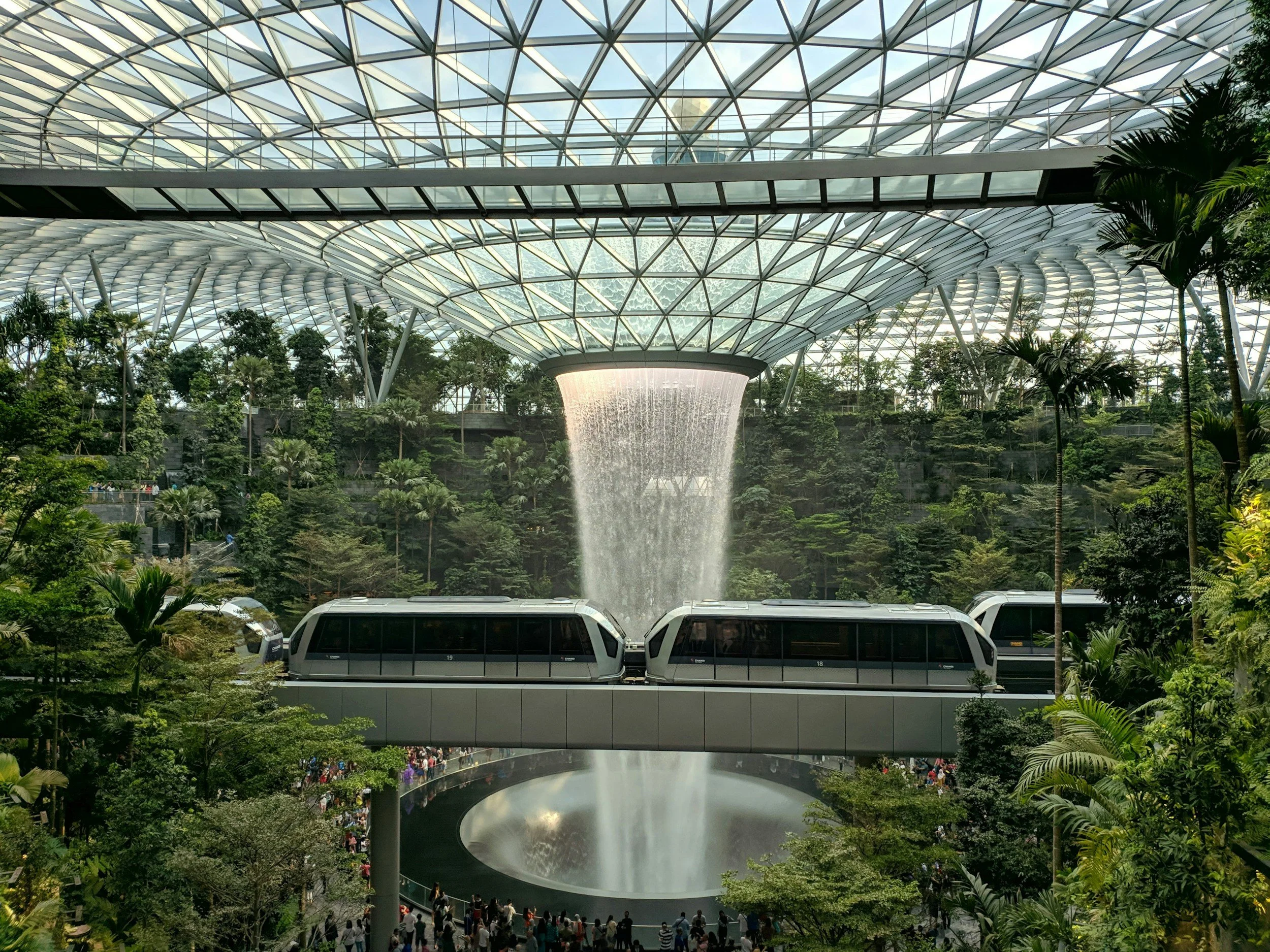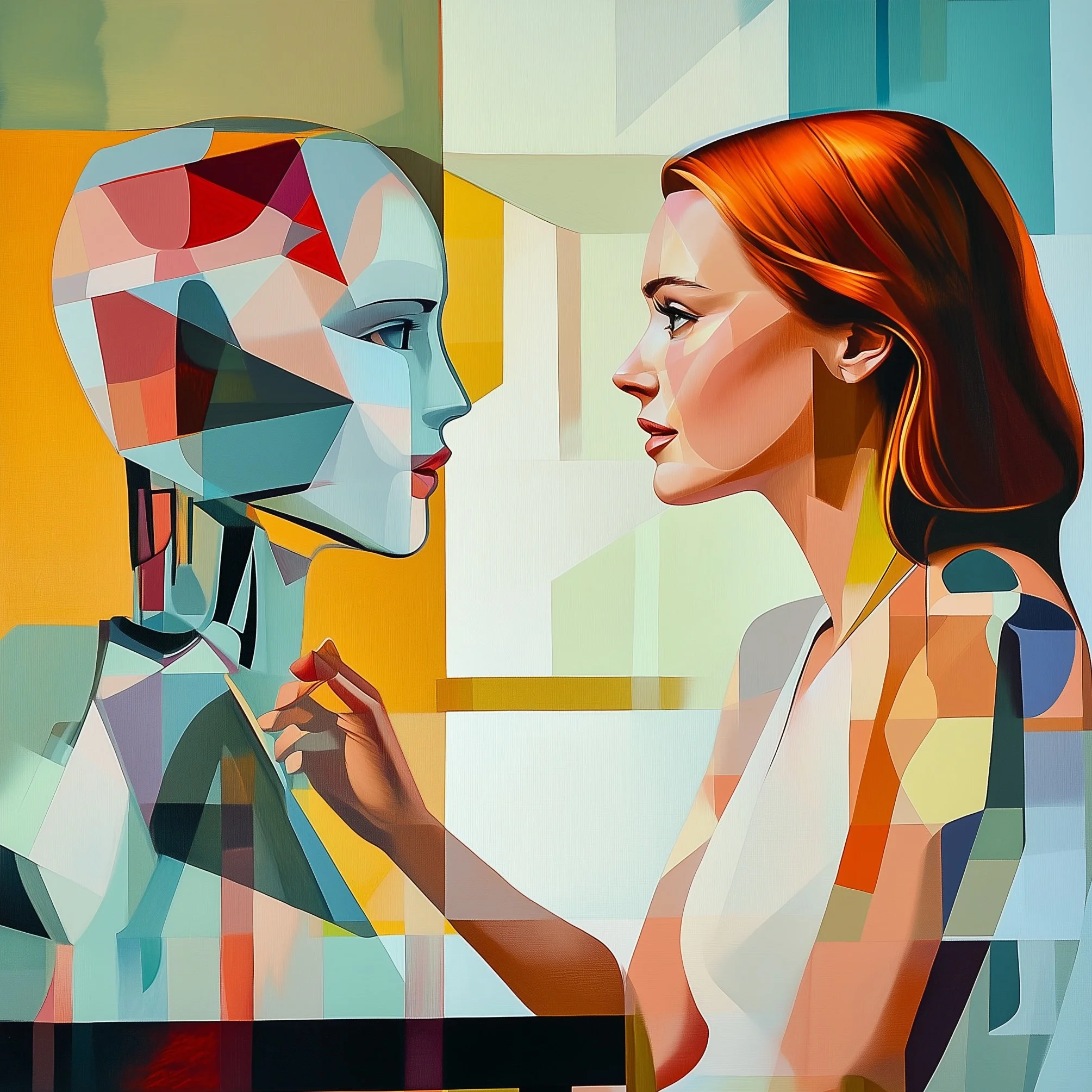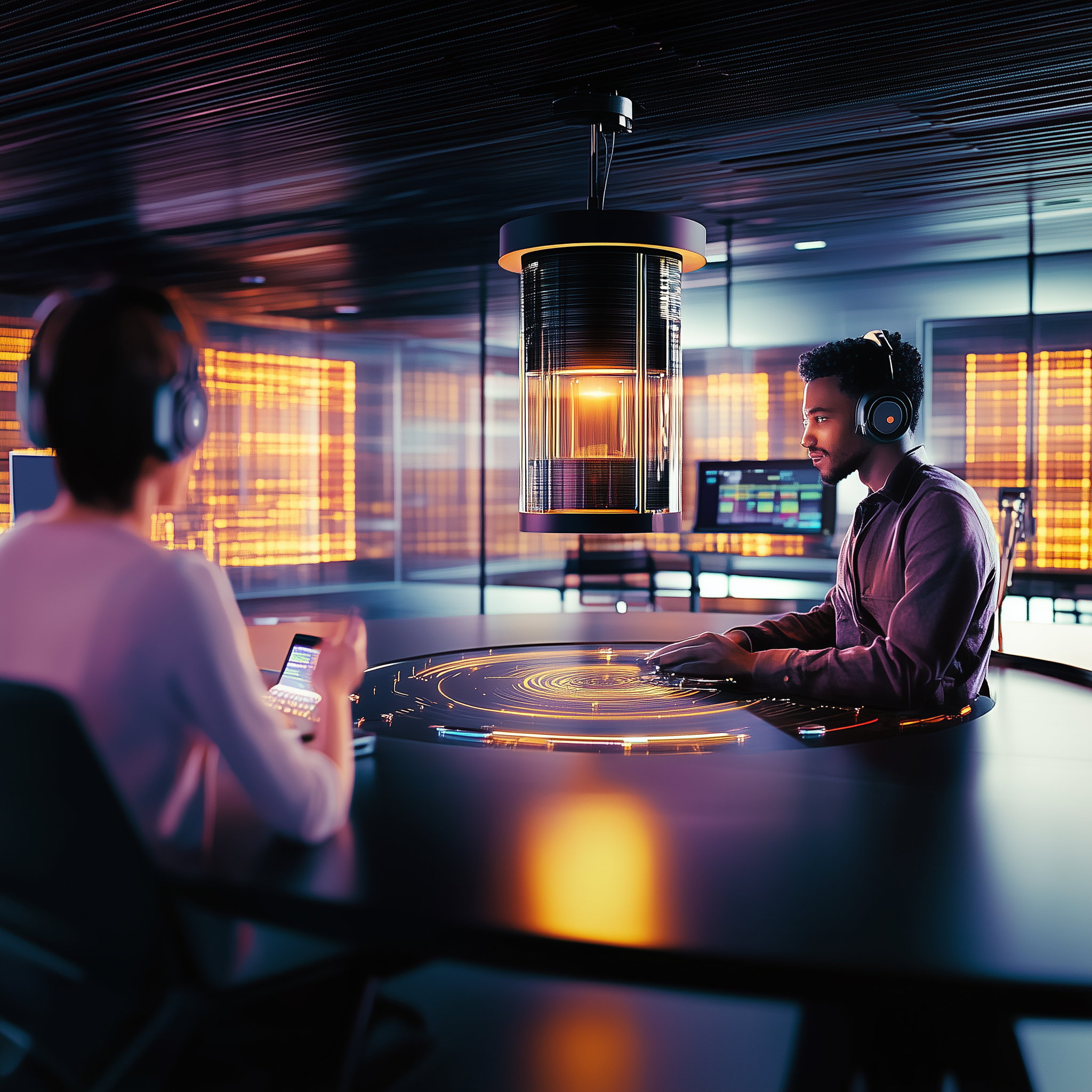
Blog
Ideas That Spread

And the Award for AI Word of the Year Goes To… Tapestry
Lately, I’ve noticed something odd in branding. Every company is weaving its story into a “tapestry.” Yes, tapestry. It’s as if AI decided this was the magic word to convey elegance, complexity, and sophistication. Suddenly, every mission statement is a “tapestry of values” or a “tapestry of innovation.” If AI had a Word of the Year, tapestry would win by a landslide.

"The Résumé Revolution: Standing Out When Everyone Sounds the Same"
Lately, I've noticed an eerie similarity between my résumé and those of others in my network. Case in point: a colleague recently shared her professional bio on LinkedIn, and as I read it, I had a-ha moment. It was as if she had copy-pasted my résumé! (Of course, she didn’t, but the uncanny resemblance was there.) And it's not because we lack originality; it's because AI résumé tools are crafting everyone's stories from the same algorithmic recipe book.

How EV Brands Are Rewriting the Rulebook (and What You Can Apply To Your Brand)
Throughout my career, I've had a front-row seat to the evolution of some of the world's most innovative brands. From the tech giants of Silicon Valley to the global disruptors in finance and energy, I've witnessed firsthand the power of brand building, identity design, and compelling communication. But nothing has captivated me quite like the electric vehicle (EV) revolution.

The Power of Ai Audio and Customized Ai Podcasts
Podcasts and audio content are more popular than ever. As of 2024, more than 100 million Americans listen to podcasts monthly, and the demand for audio-driven experiences is only growing. People are craving hands-free, on-the-go content, whether they’re commuting, exercising, or simply multitasking. With audio content consumption rising sharply, it's clear that the future of media will be heavily driven by voice. Enter Notebook.LM and ChatGPT's advanced voice features, two AI tools that are transforming how we think about audio production.
